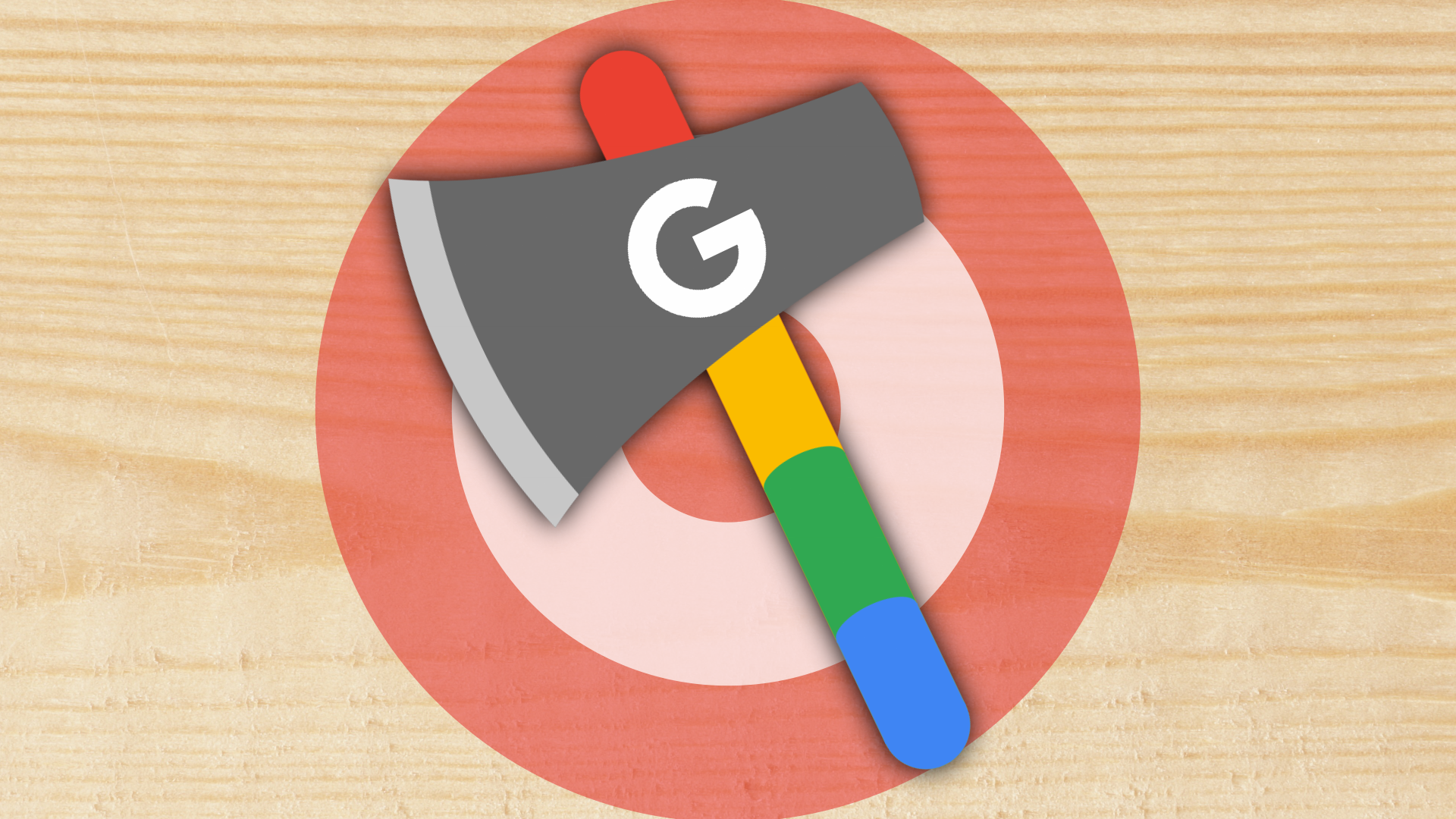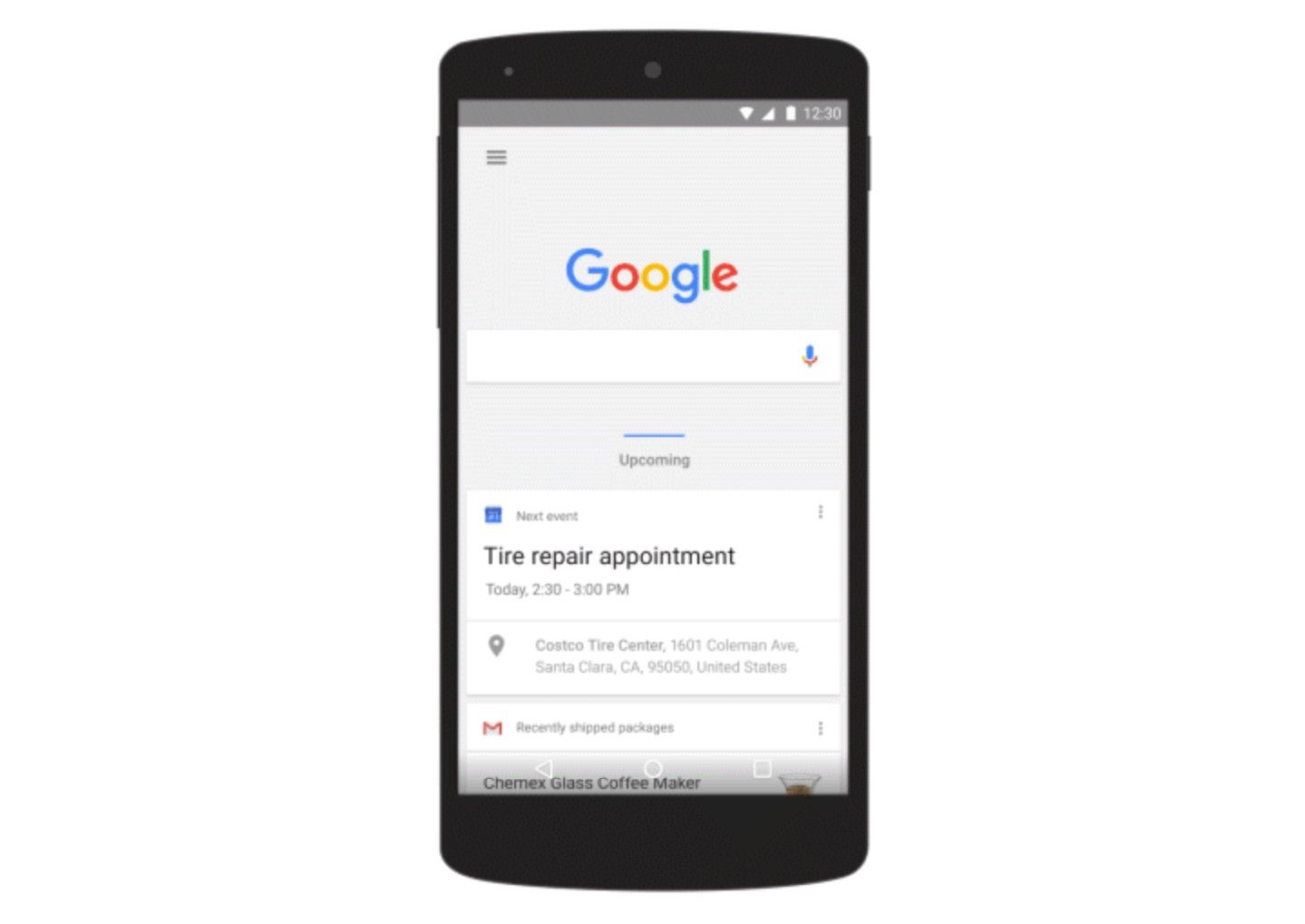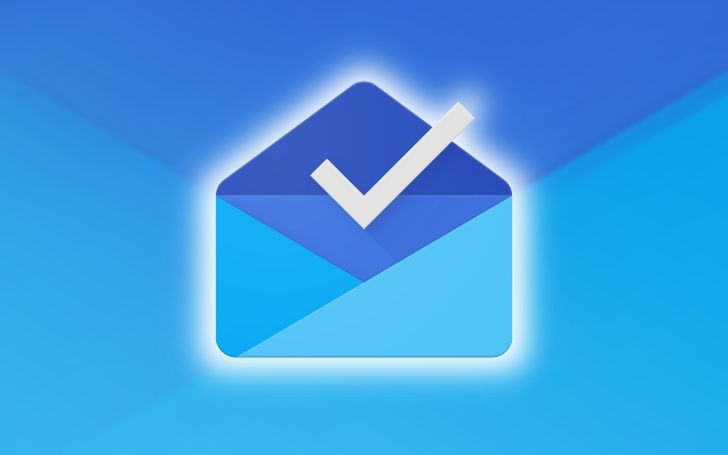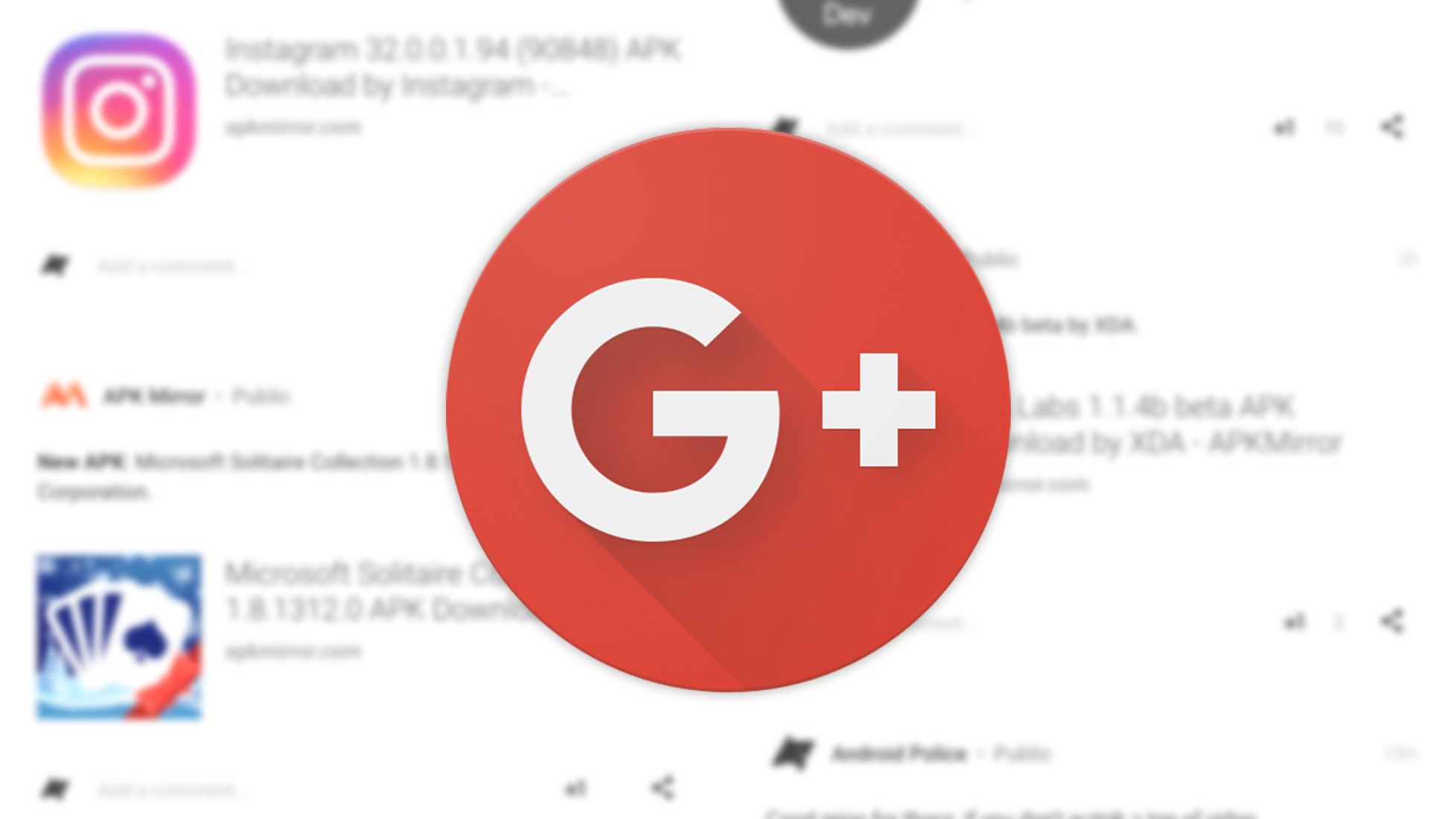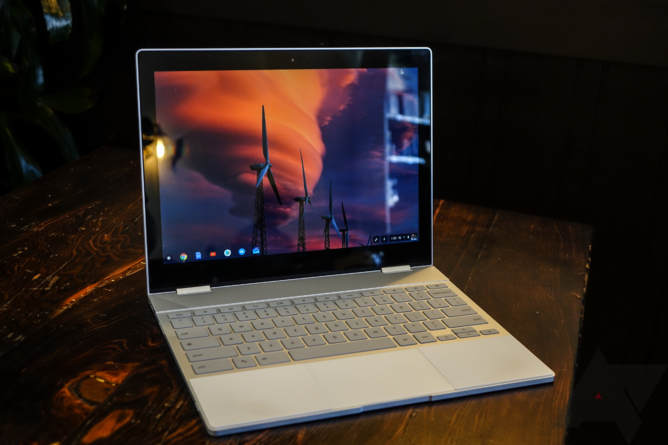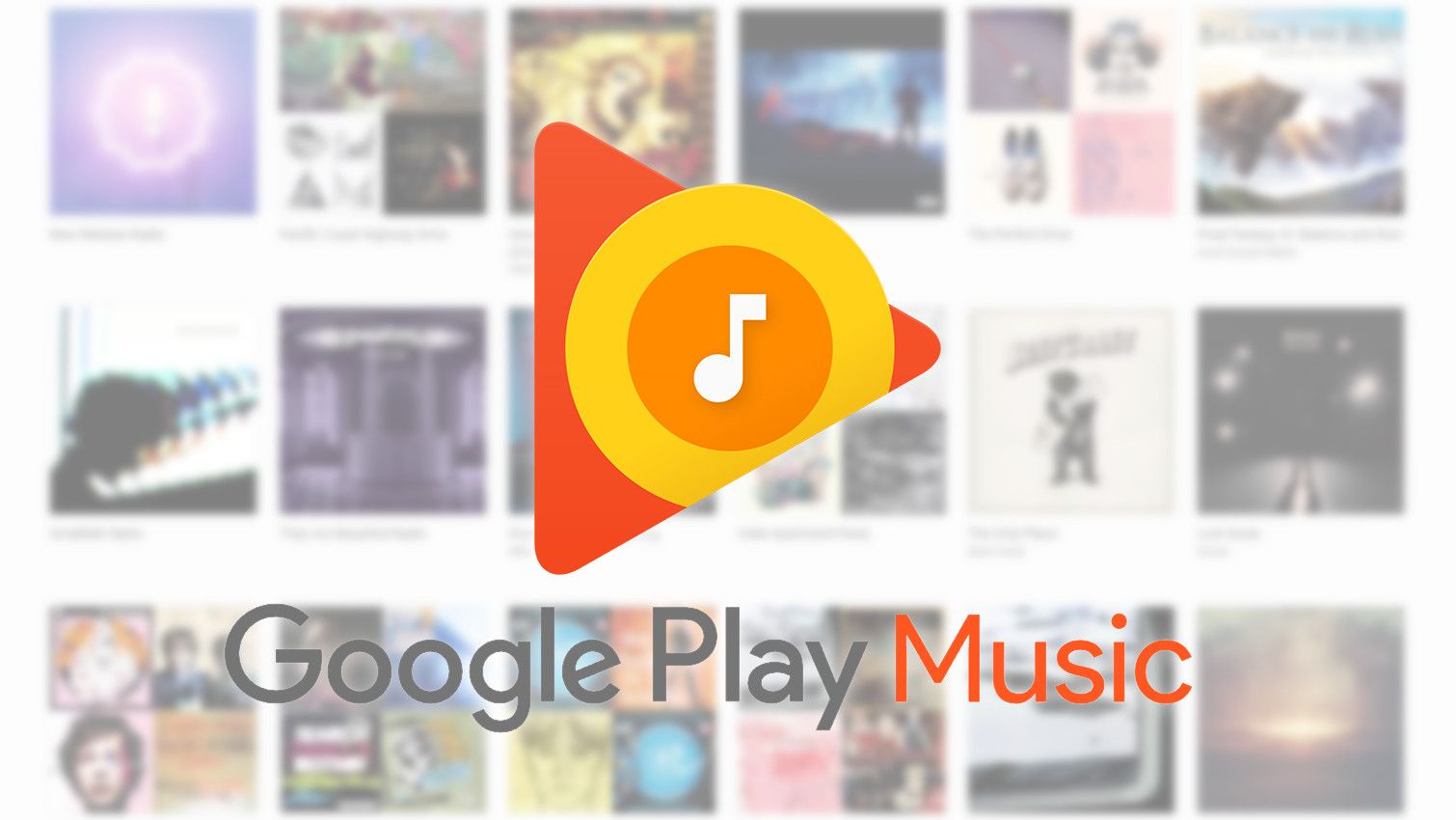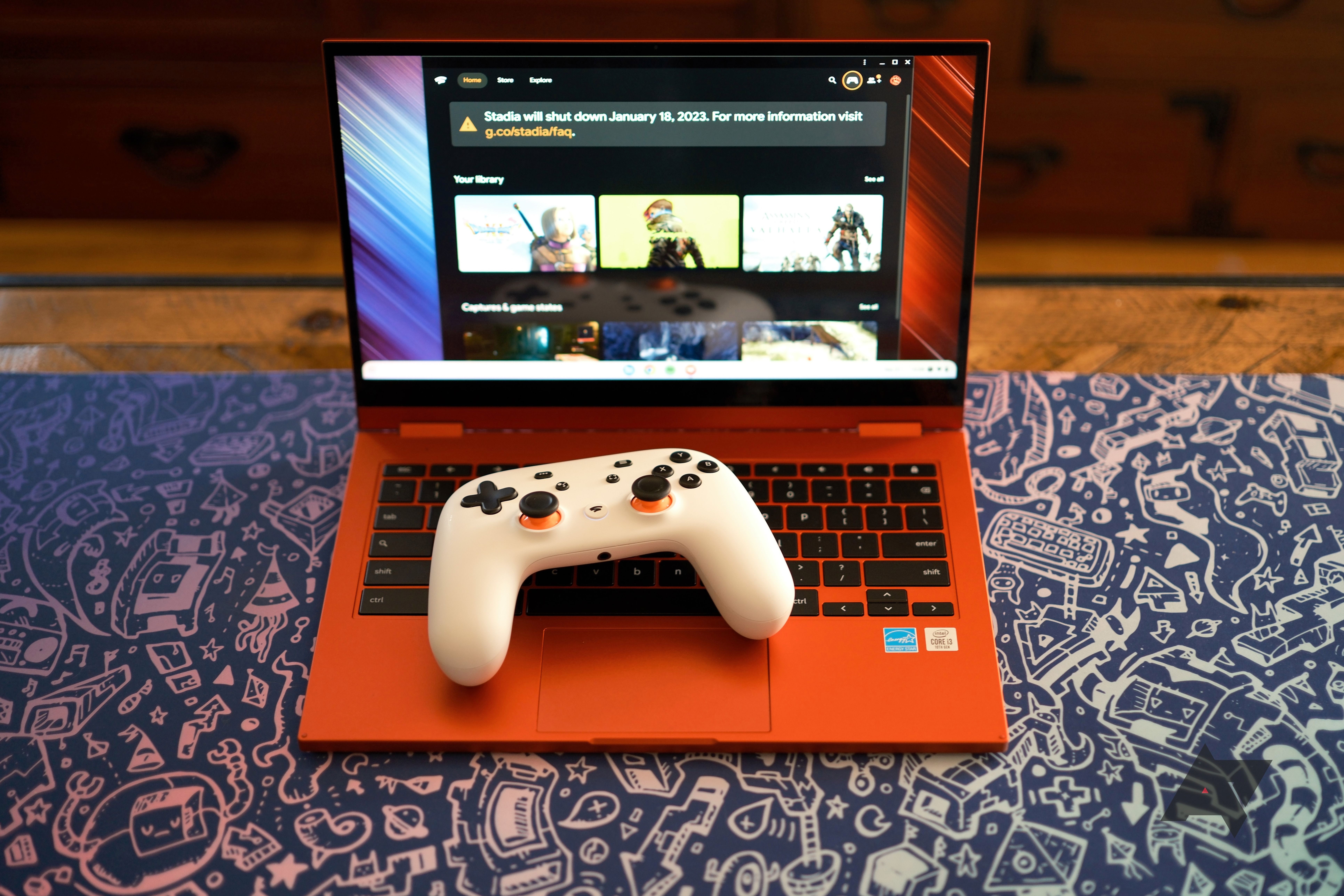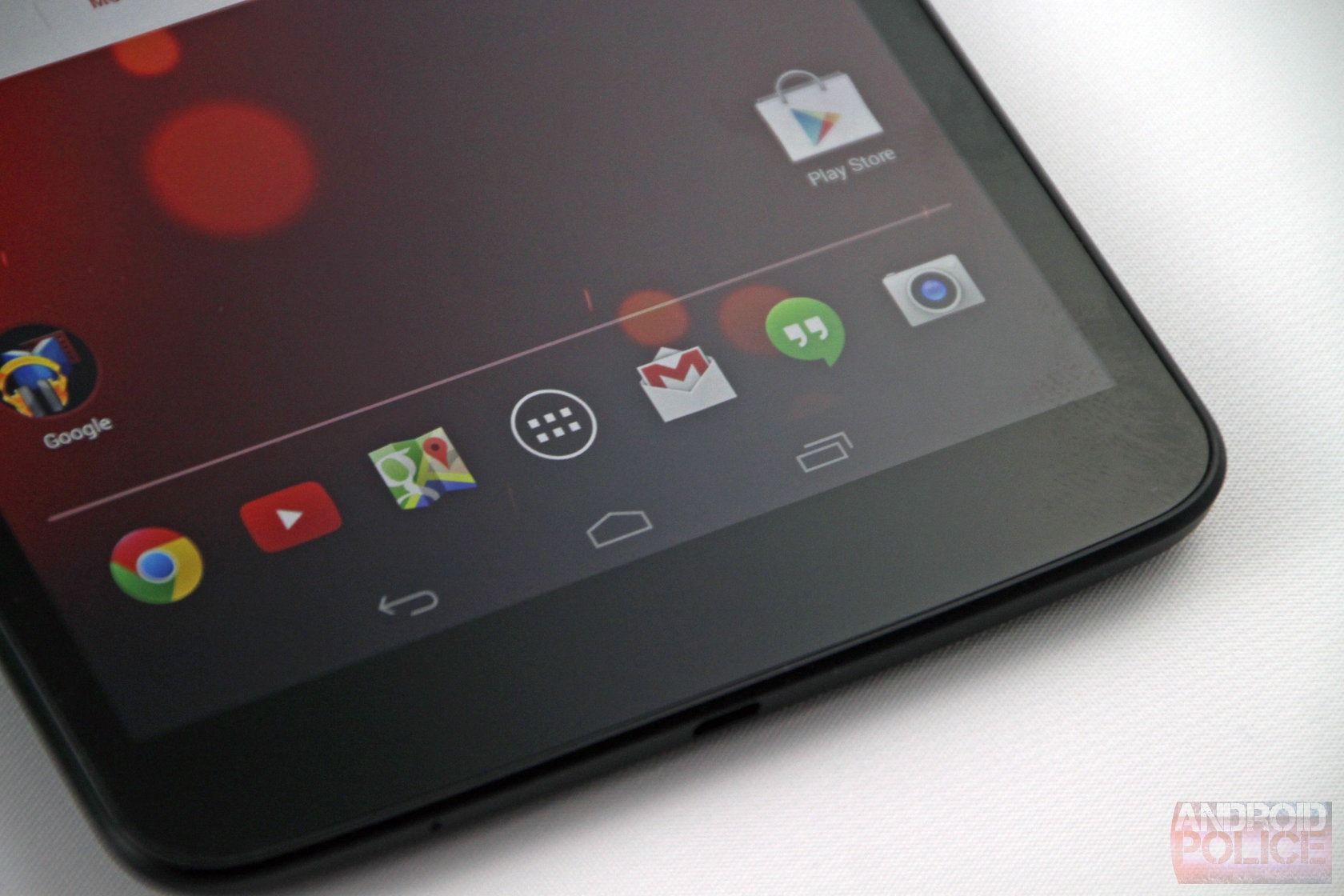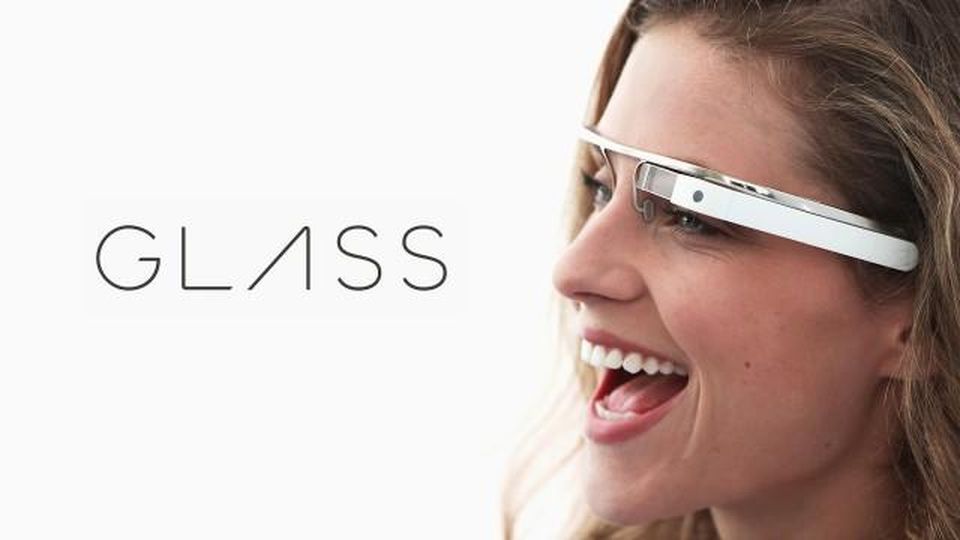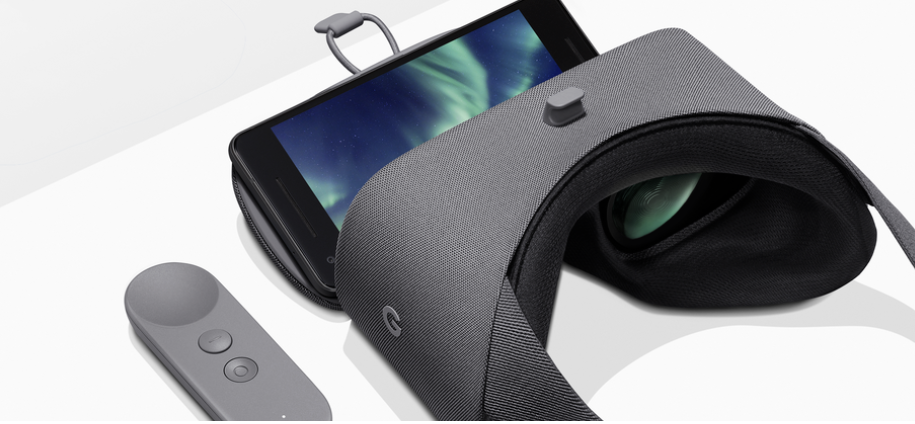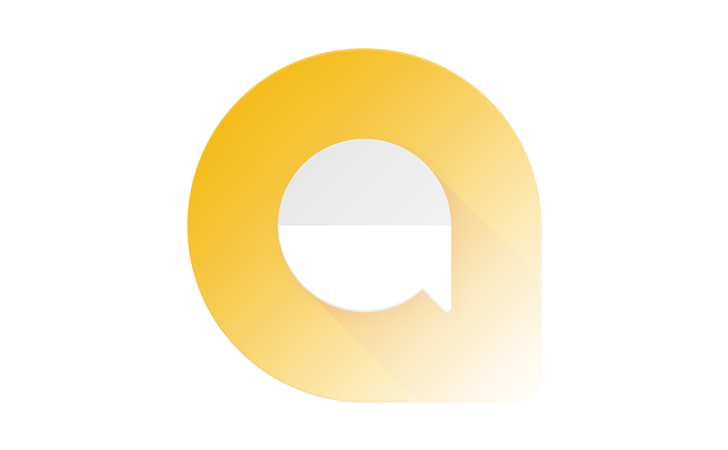Review sản phẩm
10 sản phẩm Google đã ngừng hoạt động mà tôi yêu thích
Giới thiệu As Google turns 25, here are 10 of my favorite products it’s killed off
Google đã phát triển và đổi mới hàng loạt sản phẩm trong suốt 25 năm qua. Dưới đây là 10 sản phẩm mà Google đã từng giới thiệu nhưng đã ‘kết thúc cuộc đời’ của chúng.
Khi Google tròn 25 tuổi, đây là 10 sản phẩm yêu thích mình mà Google đã chấm dứt
#Google #GoogleProducts #Google25
1. Google Reader: Dù đã ngừng hoạt động từ năm 2013, Google Reader từng là ứng dụng RSS feed phổ biến nhất. Mình rất tiếc khi phải chia tay nó, vì nó giúp mình theo dõi các bài viết mới nhất từ các trang web yêu thích của mình.
2. Google Wave: Đây là dự án hứa hẹn nhưng không thành công của Google. Google Wave là nền tảng giao tiếp và cộng tác trực tuyến, nhưng không được người dùng ưa chuộng và cuối cùng đã bị đóng cửa vào năm 2012.
3. Google Buzz: Tương tự như Google+, Google Buzz cũng là một nỗ lực của Google để thâm nhập vào thị trường mạng xã hội. Tuy nhiên, nó chịu sự phản đối mạnh mẽ từ cộng đồng và đã bị khai tử vào năm 2011.
4. Google Glass: Dù vẫn còn tồn tại trong một số dự án vàng (như trong lĩnh vực y tế), Google Glass không còn được sản xuất và tiếp thị rộng rãi. Đây là một công nghệ rất hứa hẹn nhưng chưa đạt được thành công thực sự.
5. Google Hangouts: Dịch vụ trò chuyện và gọi điện qua Internet của Google, từng làm nên thương hiệu và được yêu thích bởi người dùng. Tuy nhiên, Google Hangouts đã bị thay thế bởi Google Chat và Google Meet.
6. Google Allo: Một ứng dụng nhắn tin và trò chuyện nhóm của Google, đã không thể cạnh tranh với những đối thủ như Messenger và WhatsApp. Google Allo đã chính thức ngừng hoạt động vào năm 2019.
7. Google Nexus: Dòng điện thoại thông minh Nexus của Google từng là một lựa chọn phổ biến cho người dùng Android. Nhưng từ khi Google chuyển hướng sang dòng Pixel tự sản xuất, Nexus đã không còn tồn tại.
8. Google Picasa: Trước khi Google Photos ra đời, Picasa đã là công cụ quản lý và chỉnh sửa ảnh phổ biến. Tuy nhiên, Google đã dừng phát triển và hỗ trợ Picasa vào năm 2016.
9. Google Code: Google Code trước đây là nền tảng lưu trữ mã nguồn mở. Tuy nhiên, với sự phát triển của GitHub, Google Code đã không còn cạnh tranh được và cuối cùng đã dừng hoạt động vào năm 2016.
10. Google+ (Google Plus): Mạng xã hội của Google đã đóng cửa vào năm 2019 sau khi không thành công trong việc cạnh tranh với Facebook. Dù đã có những cấp độ sự phát triển, nhưng Google+ không thể nắm bắt được sự quan tâm của người dùng và buộc phải kết thúc.
Dù đã chấm dứt, nhưng các sản phẩm trên đã để lại dấu ấn và ảnh hưởng đáng kể trong lịch sử công nghệ. Qua những thành công và thất bại, Google vẫn luôn tiếp tục đổi mới và mang đến những dịch vụ và sản phẩm xuất sắc cho người dùng. Chúc mừng Google 25 năm và tiếp tục phát triển! #CongNghe #SuNghiep #DauTu #SanPham #Google
Mua ngay sản phẩm tại Việt Nam:
QUEEN MOBILE chuyên cung cấp điện thoại Iphone, máy tính bảng Ipad, đồng hồ Smartwatch và các phụ kiện APPLE và các giải pháp điện tử và nhà thông minh. Queen Mobile rất hân hạnh được phục vụ quý khách….
_____________________________________________________
Mua #Điện_thoại #iphone #ipad #macbook #samsung #xiaomi #poco #oppo #snapdragon giá tốt, hãy ghé [𝑸𝑼𝑬𝑬𝑵 𝑴𝑶𝑩𝑰𝑳𝑬]
✿ 149 Hòa Bình, phường Hiệp Tân, quận Tân Phú, TP HCM
✿ 402B, Hai Bà Trưng, P Tân Định, Q 1, HCM
✿ 287 đường 3/2 P 10, Q 10, HCM
Hotline (miễn phí) 19003190
Thu cũ đổi mới
Rẻ hơn hoàn tiền
Góp 0%
Thời gian làm việc: 9h – 21h.
KẾT LUẬN
Google đã chính thức tròn 25 tuổi và trong quá trình phát triển, hãng đã ra mắt nhiều sản phẩm thành công. Tuy nhiên, cũng có những sản phẩm mà Google đã chấm dứt hoạt động. Dưới đây là 10 sản phẩm yêu thích mà Google đã “tiêu diệt”.
1. Google Reader: Một nền tảng đọc tin tức RSS phổ biến đã bị Google đóng cửa vào năm 2013, khiến người dùng phải tìm kiếm các dịch vụ thay thế.
2. iGoogle: Trang chủ tùy chỉnh giúp người dùng theo dõi thông tin và tin tức yêu thích đã bị Google dừng hoạt động vào năm 2013.
3. Google Talk: Dịch vụ gửi tin nhắn trực tuyến đã bị Google thay thế bằng Google Hangouts vào năm 2013.
4. Google Wave: Một nền tảng giao tiếp thời gian thực cho phép người dùng chia sẻ thông tin và làm việc cùng nhau đã bị Google ngừng hoạt động vào năm 2012.
5. Google Buzz: Dịch vụ chia sẻ tin tức và nội dung xã hội của Google đã không thành công và bị dừng lại vào năm 2011.
6. Google Plus: Mạng xã hội của Google đã không thể cạnh tranh với Facebook và bị đóng cửa vào năm 2019 sau khi phát hiện lỗ hổng bảo mật.
7. Google Glass: Kính thông minh của Google đã thất bại do không đáp ứng được mong đợi của người dùng và cuối cùng đã ngừng sản xuất vào năm 2015.
8. Google Allo: Ứng dụng gửi tin nhắn ngắn của Google đã bị ngừng phát triển và đóng cửa vào năm 2019.
9. Google Notebook: Dịch vụ ghi chú trực tuyến đã dừng hoạt động vào năm 2011, khi Google chuyển tập trung vào Google Keep.
10. Google Code: Dịch vụ lưu trữ mã nguồn đã bị Google đóng cửa vào năm 2016, nhường chỗ cho GitHub.
Những sản phẩm trên cho thấy rằng, mặc dù Google đã tạo ra nhiều sản phẩm thành công, nhưng không phải sản phẩm nào cũng đủ tiềm năng để tồn tại và tiếp tục phát triển.
Google is celebrating its 25th anniversary today, and during the past quarter-century, the company has created plenty of products we use every day. Sadly, it’s also killed an overwhelmingly long list of products and features I loved. You can usually see these terminations coming from a mile away, but occasionally, they come out of nowhere and leave us reeling. Here are 10 dead Google products I miss so much.
Google Now
Google Now: 2012-2016
I miss a few items on this list every day, and this is one of them. Long before Google Discover, Google Now existed as the page to the left of our home screens, and it was one of the most helpful software features I’ve ever used.
In 2011, rumors began to circulate that Google was working on a new voice search codenamed Majel, named after the late Majel Barrett, who was famously married to Gene Roddenberry and voiced the computer for the Enterprise D, Defiant, Voyager, and countless other starships in Star Trek. In 2012, it was released as a part of Google Now, and the voice commands were terrific for the time and would lay the basis for what we see in Google Assistant today.
Google Now’s genius wasn’t in the voice search, though. It was in the way it would know precisely what information you needed to see now, hence the name. If you used Google Maps to navigate somewhere, Now would save your parking location and pin it to the top of the feed. As the time for you to go to work would near, it would send a notification about traffic conditions and whether you needed to leave early that day. The feed on the home screen would show cards for all of these items, and it was far more helpful than the endless news feed we have today — though it probably earned Google significantly less money.
Inbox
Inbox by Gmail: 2015-2019
This one hurts. Inbox was an experiment by the Gmail team that tested new ways to interact with your email. Inbox would scan incoming emails and bundle and organize them into groups. Gmail does that, too, but this had more categories, and the way it presented them was better thought out. You could set timers and reminders for specific emails right from the app, pin important conversations to the top of the screen, and mark entire clusters of emails as read in chunks. The interface was also the same across mobile and desktop, making it easy to switch between your devices as you go about your day.
That’s just a taste of what Inbox could do, and Google promised it would bring everything over to Gmail. It’s been four years, and much of it is still missing.
Google+
Google+: 2011-2019
Talking about the death of Google+ is terrible for my blood pressure, but I’ll struggle through it today. Google+ was the company’s attempt at a social network, and for those who gave it a chance, it became our digital home. There are a few reasons for that.
One of the key differentiators of G+ was that it let you create collections on your profile. Every time you made a new post, you’d choose which collection it would go in. People who followed you could unfollow specific collections so you could manage exactly what would be in your feed. In my case, many people followed my thoughts on Android while ignoring my Transformers collection.
That’s just the tip of the iceberg for Google+, but we don’t have time to dig into the whole thing today, and doing so for this long is already making me smell burnt toast. All that’s left to say is that I still think about Google+ and the family I made there every day.
Google-made Chromebooks
Google-made Chromebooks: 2013-2019
Google released its first Chromebook, the Chromebook Pixel, in 2013, and it spawned a line of laptops that garnered a fervent fanbase. These machines were over-engineered and far more powerful than any ChromeOS device needed to be, but that’s why we loved them.
The best Chromebook Pixel was the LS (a nod to Spaceball’s famous “Ludicrous Speed” scene), which came out in 2015 for a whopping $1,200. The laptop looked fantastic and featured a lightbar on the lid that would glow the Google colors when the screen was on and display the battery level when it was closed. The final product in this line was an Android tablet called the Pixel C, which took this industrial design and brought it to a mobile device.
After the Chromebook Pixels, we had the Pixelbook, Pixelbook Go, and Pixel Slate. The Slate was an utter disappointment, compromised by trying to be both a laptop and tablet. The Pixelbook Go was well-liked, but it wasn’t special. No, the last truly special Google-made Chromebook was the Pixelbook from 2017, a device I still use every day. We found out last year that Google was done making its own Chromebooks, and almost a year later, I am still seething with rage.
Google Play Music
Google Play Music: 2011-2020
Google Play Music was Google’s first attempt at music streaming, and it became a popular service. Its standout feature was the ability to upload your existing music library. If you didn’t want to pay for a music subscription, you could rip your CDs, upload them to Play Music, and then stream them to any device for free. Google also let you purchase music iTunes style for a while, and songs purchased would be played through this app, too.
When the switch to YouTube Music came along, you could export your library over, but it wasn’t a smooth process for everyone. YouTube Music eventually got updated to include the library upload feature, but there are still missing features to this day, and the Play Music app was a lot more reliable in many ways.
Stadia
Stadia: 2019-2023
Oh, Stadia, you had so much potential. Google’s game streaming service was launched in 2019 and died in 2023. It allowed you to own a game library that was entirely cloud-based and stream the games to an Android device, TV, or computer over Wi-Fi. When it worked, it was fantastic, but performance was inconsistent for many users. This is another case of Google releasing something people and their home internet weren’t ready for yet. For a deep dive, check out our Stadia retrospective.
Google Play Edition smartphones
Play Edition: 2013-2015
In 2013, Google released a handful of devices under the Google Play Edition (GPE) moniker. These devices were popular OEM models that ran pure stock Android, like a Nexus, instead of the OEM skin they would usually have. You could get Google Play Editions of the Samsung Galaxy S4, HTC One M7 and M8, the original Moto G, Sony Z Ultra, and LG G Pad 8.3. A Samsung Galaxy S5 Play Edition made it far enough into development that press images for it leaked, but it was never released.
The Play Editions gave a lot of people exactly what they wanted: OEM hardware with Google software. I wanted one myself at the time, but sadly, these devices were never sold in the UK.
Google Glass
Glass: 2013-2015
Google has a persistent problem of being too far ahead of the curve. Time and again, it will release products deemed useless or, in this case, controversial, only for other companies to gain popularity with the same idea years later.
Google Glass is a prime example of this. These $1,500 glasses put a small display in the corner of your vision that could do everything our smartwatches have grown to do, from Google Maps navigation and media controls to notification management. The issue Google had at the time was public perception surrounding the camera.
People hated the idea that someone could have a camera pointed at them at all times, and there was enough outcry to bury any chance Glass had to become mainstream. Ten years later, we’ve lived through the hype explosion surrounding Snapchat’s glasses, and people are eagerly awaiting Apple’s smart headset (that are admittedly made for home usage much more than outdoor usage). People are used to always being on camera now, whether that’s a good thing or not, and if Glass were to be announced now, I argue it would have found success.
While the consumer prototype version aimed at developers was discontinued in 2015, Google Glass lived on as an enterprise device until earlier this year.
Google Daydream
Google Daydream: 2016-2019
Google launched Google Daydream in 2016 alongside the first Pixel phone, and it was a premium advancement on what the company had already been doing with Cardboard. The Daydream was a VR headset that was powered by your phone, and I quite liked it. Obviously, it would never perform as well as a dedicated VR headset like the Valve Index, but for looking at your photospheres or watching a YouTube video on a massive virtual screen, it was more than good enough.
Alas, it wasn’t successful enough to keep going, even after the improved second-gen version came out a while later. The irony for me is that not long after it was discontinued, Android phones adopted high refresh rate displays, which would have drastically improved the Daydream experience.
It’s also another case of Google introducing something ahead of its time, as mobile VR headsets like the Gear VR have found their niche.
Allo
Google Allo: 2016-2019
Allo was a self-fulfilling prophecy. Google had many messaging apps over the years, each unceremoniously killed. Allo was supposed to replace Hangouts, which ironically outlived Allo by three years.
Google’s history of killing messaging apps led to many people refusing to give Allo a chance, especially Hangouts users who were told their service would be shut down because of Allo. The sad thing is, Allo was pretty great. It had some annoyances, like being tied to a phone number and only working on one device at a time, but they could have been ironed out if it had stayed around.
The standout feature for Allo was integration with Google Assistant. The only way to use Assistant before the launch of the original Pixel was in a chat in Allo. That integration was genuinely helpful, especially when planning with someone. Having the Assistant chime in with information about where you were planning to go and putting the plan in both of your calendars was great. For a look back, check out our brief history of Allo.
Too many Google products have died in the past 25 years
This is just a small selection of dead Google products. There are 288 of them listed on Killed By Google, and while I was writing this article, Google announced it was killing its Podcasts app. There are plenty of others I could have mentioned, like Hangouts and Google Reader. The decision to kill many of these things was understandable, but some were downright unusual, and either way, we miss every item mentioned here today. I would tell you to enjoy Google’s 25th celebrations, but it’ll probably kill the plans for its party before it even start.
Khám phá thêm từ Phụ Kiện Đỉnh
Đăng ký để nhận các bài đăng mới nhất được gửi đến email của bạn.


